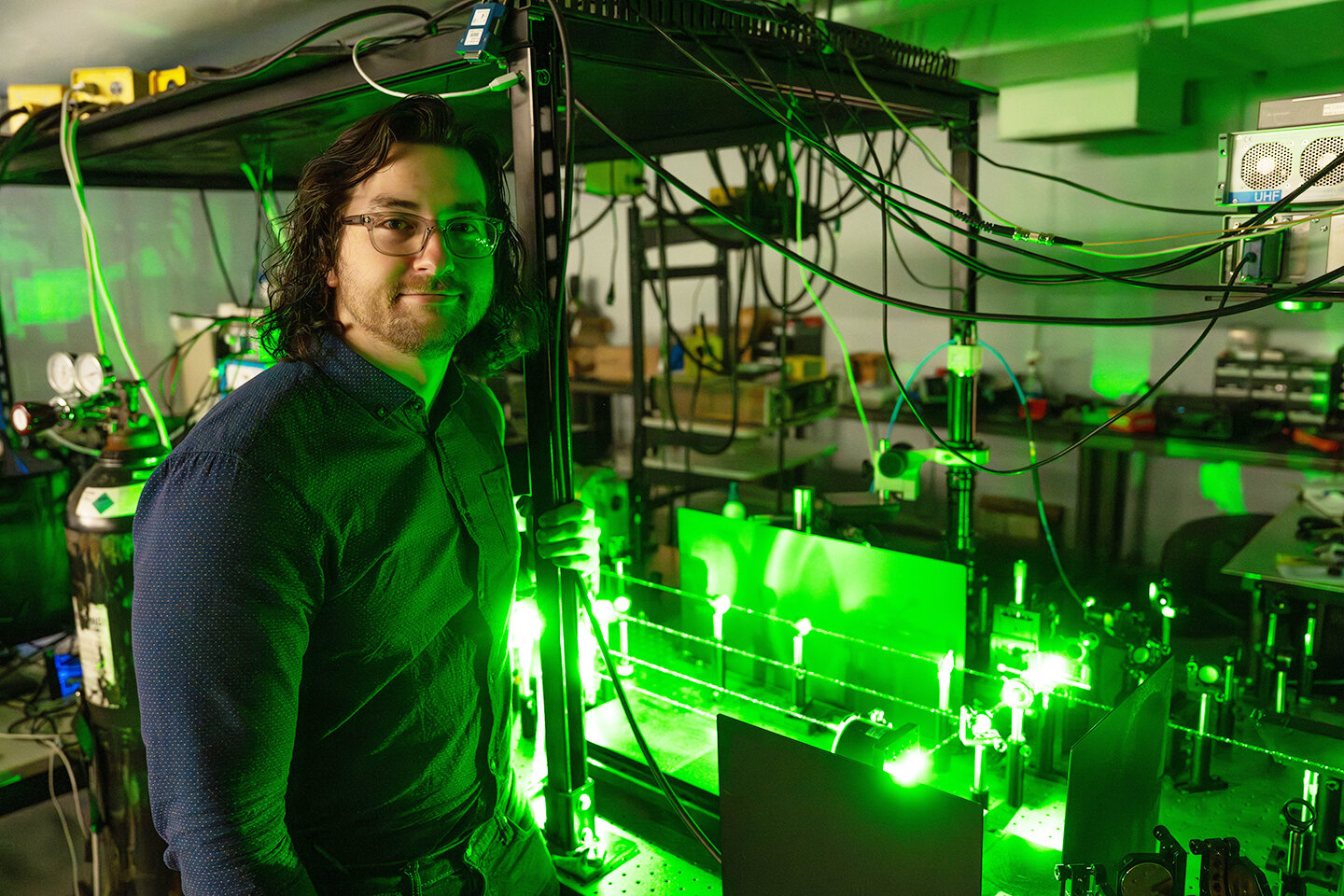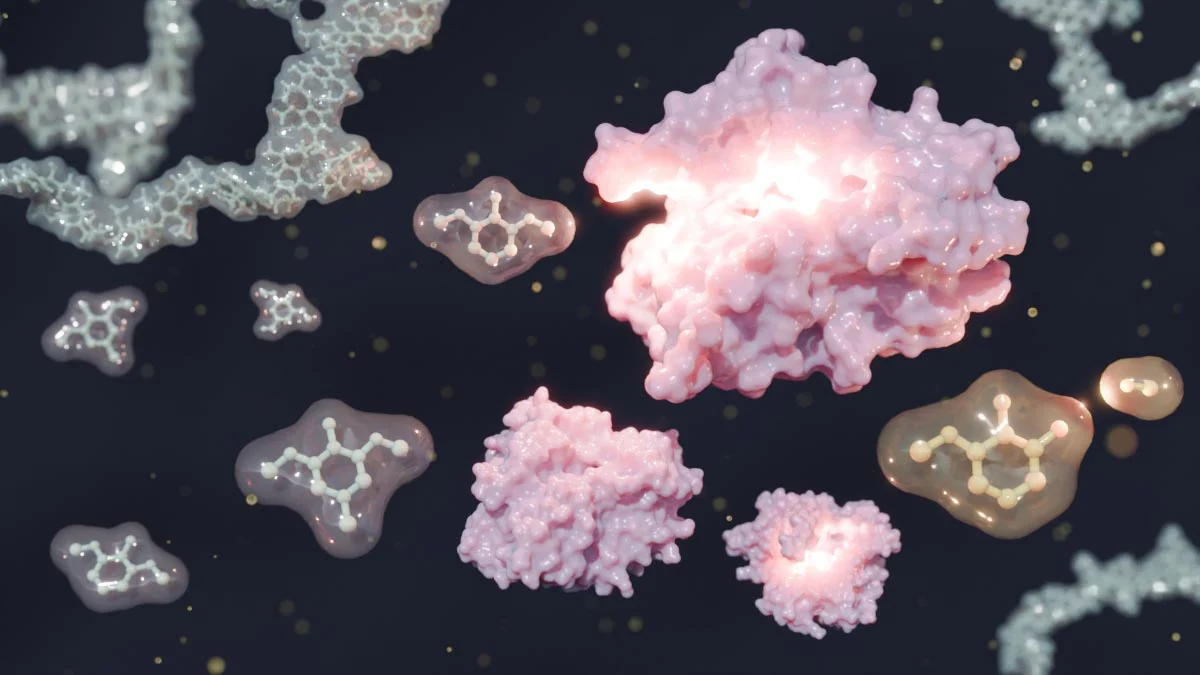Compelling new clues reshape our view of ancient disease spread
New evidence centers on a broad, interconnected picture
From single-origin myths to networked pathways
Instead of pointing to a single origin point, the study emphasizes a web of transmission routes. Trade caravans, river travel, and busy ports created multiple channels for a disease to travel. Researchers integrated genetic data with historical records and climate proxies to map likely routes and periods of intensified spread.
Methods that bridge cultures and disciplines
Scientists recovered tiny fragments of ancient DNA, modeled past ecosystems, and used computational simulations to explore how pathogens could move across landscapes under different climate scenarios. The collaboration crossed archaeology, paleogenomics, and epidemiology, underscoring the value of cross-disciplinary teamwork.
Why this matters for understanding pandemics today
The findings don’t just revise a date or location; they offer a framework for studying ancient infectious diseases more holistically. Recognizing a web of interconnected communities helps explain why outbreaks emerged in some places while sparing others, and it highlights how human movement patterns continue to shape disease dynamics in the modern era.
Key takeaways
• Pandemic origins may lie in networks rather than a single source
• Trade routes and climate can drive rapid pathogen spread
• Interdisciplinary methods yield richer historical insights
How the new picture was built (a quick methods overview)
Data and dating
Researchers analyzed carefully dated remains and environmental samples to anchor the timeline.
Genomics and modeling
Next-generation sequencing recovered faint genetic material, while computational models tested how pathogens might move across different landscapes and climates.
Collaboration
Cross-disciplinary teamwork was essential, bringing together archaeology, paleogenomics, and epidemiology.
What’s next in the hunt for ancient pandemics
The team acknowledges uncertainties remain, but their approach provides a blueprint for re-examining other ancient disease events. Ongoing excavations, improved dating, and expanded genomic databases may further refine how we understand the role of connectivity in past outbreaks.
Curiosity-driven closing thought
As we uncover how illness traveled through ancient networks, we gain perspective on our own era’s vulnerabilities and the powerful role of connectivity in disease spread. Which ancient clue would you most like scientists to trace next, and why?
Reference: “Genetic Evidence of Yersinia pestis from the First Pandemic” by Swamy R. Adapa, Karen Hendrix, Aditya Upadhyay, Subhajeet Dutta, Andrea Vianello, Gregory O’Corry-Crowe, Jorge Monroy, Tatiana Ferrer, Elizabeth Remily-Wood, Gloria C. Ferreira, Michael Decker, Robert H. Tykot, Sucheta Tripathy and Rays H. Y. Jiang, 31 July 2025, Genes.
DOI: 10.3390/genes16080926










